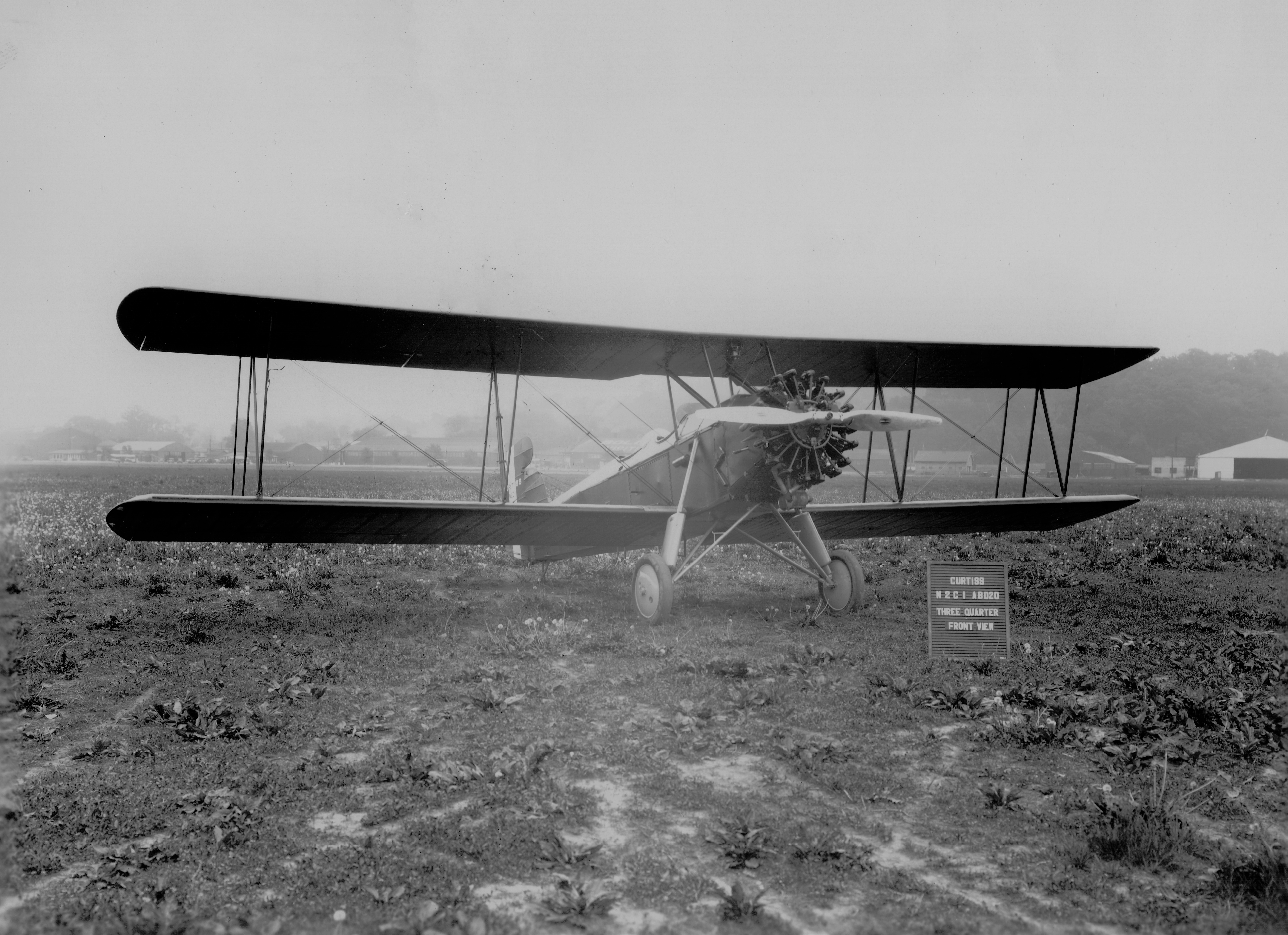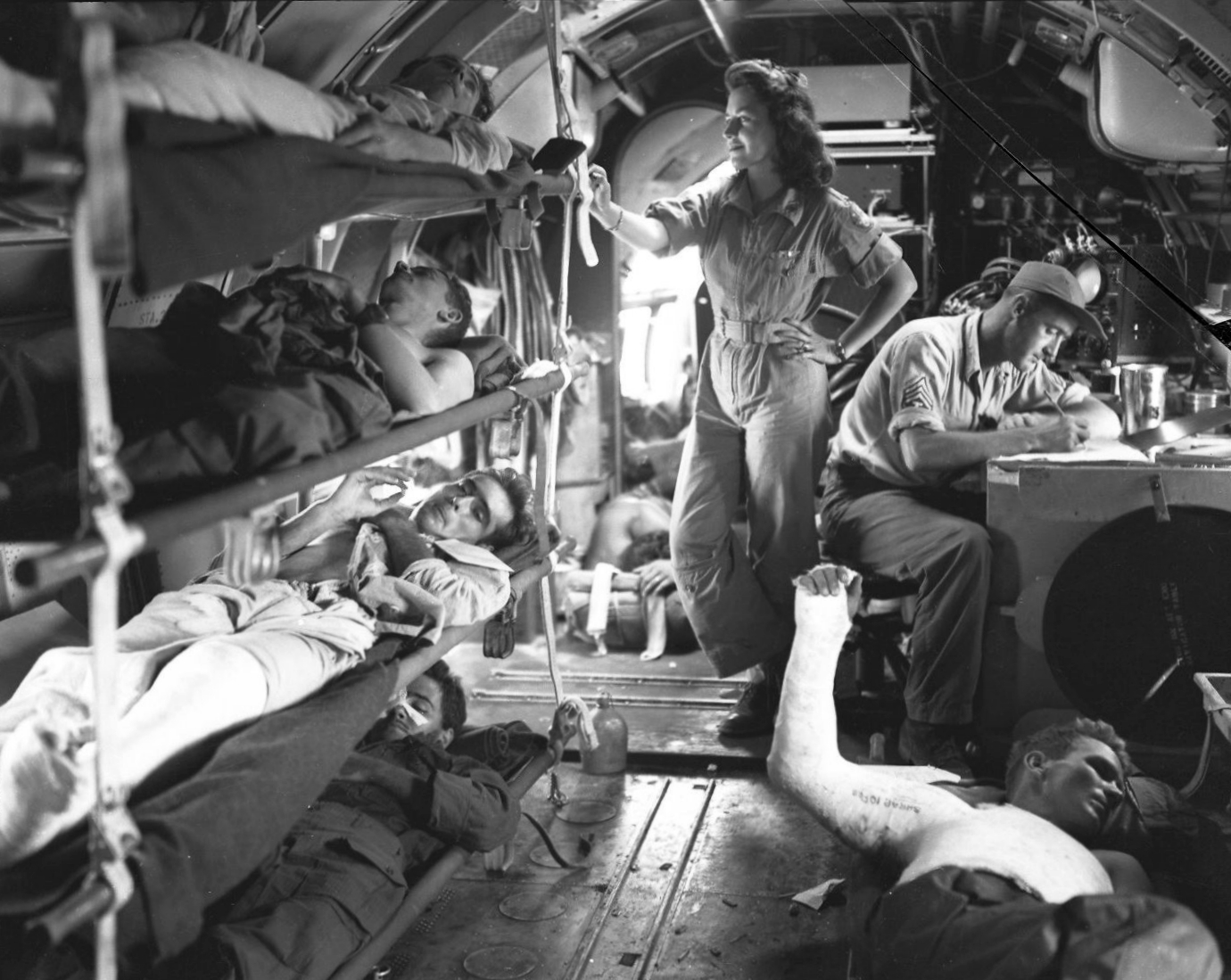|
Museu Aeroespacial
Museu Aeroespacial is a national aviation museum located in the West Side of Rio de Janeiro, Brazil in the Administrative Region of Realengo. The place is known as "the Brazilian Aviation cradle".Ogden (2008) Address Av. Marechal Fontenelle, 2000 - Campo dos Afonsos (Realengo), Rio de Janeiro/RJ History The Museu Aeroespacial (Aerospace Museum) was inaugurated on 18 October 1976 at the installations of the old Escola de Aeronáutica (former Brazilian Air Force officer graduation school, replaced by the Academia da Força Aérea), at Afonsos Air Force Base—the "Cradle of Military Aviation", in the City of Rio de Janeiro, Estado do Rio de Janeiro, Brazil. The idea of an "Aeronautical Museum" dates from 1943 when the Minister of Aeronautics, Dr. Salgado Filho, determined its organization, but the initial work and subsequent attempts were interrupted by lack of suitable space and installations. Given the explanatory memorandum from Lieutenant Brigadier Joelmir Campos do Araripe M ... [...More Info...] [...Related Items...] OR: [Wikipedia] [Google] [Baidu] |
Afonsos Air Force Base
Afonsos Air Force Base – BAAF is a base of the Brazilian Air Force, located in the district of Marechal Hermes, in Rio de Janeiro, Brazil. History In October 1911 the first aeronautical organization was created in Brazil: the Aeroclube do Brasil (''Flying club of Brazil''). The site chosen for its location was given the name of "Campo dos Afonsos" (''Afonsos' Field'') and an airfield was opened on December 12, 1912. On February 2, 1914, a Military Aviation School was opened at the site. The school was a partnership with the Italian Army, but due to the beginning of hostilities related to World War I, it was short-lived and finally closed on July 18 of the same year. On January 29, 1919, a French Military mission founded a new school of military aviation at Campo dos Afonsos. Because of this school, the Aeroclube do Brasil was forced to leave the location. For years they had no home but in 1936 it was re-opened at the Manguinhos Airport. Between 1931 and 1936, before a ... [...More Info...] [...Related Items...] OR: [Wikipedia] [Google] [Baidu] |
Caudron G3 Musal
The Société des Avions Caudron was a French aircraft company founded in 1909 as the Association Aéroplanes Caudron Frères by brothers Gaston and René Caudron. It was one of the earliest aircraft manufacturers in France and produced planes for the military in both World War I and World War II. From 1933 onwards, it was a subsidiary of Renault. Alphonse (Gaston) (1882–1915) and René Caudron (1884–1959) Born in Favières, Somme to parents who farmed nearby in Romiotte, the Caudron brothers were educated at a college in Abbeville. Gaston, as Alphonse was always known, intended to become an engineer but his education was cut short by health problems; René was interested in the development of mechanics and was a sportsman. After military service in an artillery regiment, they returned to work on the farm. They began to build their first aircraft, a large biplane, in August 1908. Initially unable to obtain an engine, they flew it as a glider, towed by a horse, and tested it t ... [...More Info...] [...Related Items...] OR: [Wikipedia] [Google] [Baidu] |
Dragon Rapide MUSAL
A dragon is a reptilian legendary creature that appears in the folklore of many cultures worldwide. Beliefs about dragons vary considerably through regions, but dragons in western cultures since the High Middle Ages have often been depicted as winged, horned, and capable of breathing fire. Dragons in eastern cultures are usually depicted as wingless, four-legged, serpentine creatures with above-average intelligence. Commonalities between dragons' traits are often a hybridization of feline, reptilian and avian features. Scholars believe huge extinct or migrating crocodiles bear the closest resemblance, especially when encountered in forested or swampy areas, and are most likely the template of modern Oriental dragon imagery. Etymology The word ''dragon'' entered the English language in the early 13th century from Old French ''dragon'', which in turn comes from la, draconem (nominative ) meaning "huge serpent, dragon", from Ancient Greek , (genitive , ) "serpent, giant se ... [...More Info...] [...Related Items...] OR: [Wikipedia] [Google] [Baidu] |
Dassault Mirage III
The Dassault Mirage III () is a family of single/dual-seat, single-engine, fighter aircraft developed and manufactured by French aircraft company Dassault Aviation. It was the first Western European combat aircraft to exceed Mach 2 in horizontal flight,"Mirage III." ''Dassault Aviation'', 18 December 2015. a feat which was achieved on 24 October 1958. In 1952, the French government issued its specification, calling for a , all-weather |
Curtiss P-40
The Curtiss P-40 Warhawk is an American single-engined, single-seat, all-metal fighter and ground-attack aircraft that first flew in 1938. The P-40 design was a modification of the previous Curtiss P-36 Hawk which reduced development time and enabled a rapid entry into production and operational service. The Warhawk was used by most Allied powers during World War II, and remained in frontline service until the end of the war. It was the third most-produced American fighter of World War II, after the P-51 and P-47; by November 1944, when production of the P-40 ceased, 13,738 had been built,Murphy and McNiece 2009, p. 83. all at Curtiss-Wright Corporation's main production facilities in Buffalo, New York. P-40 Warhawk was the name the United States Army Air Corps gave the plane, and after June 1941, the USAAF adopted the name for all models, making it the official name in the U.S. for all P-40s. The British Commonwealth and Soviet air forces used the name Tomahawk for models equ ... [...More Info...] [...Related Items...] OR: [Wikipedia] [Google] [Baidu] |
Curtiss Fledgling
The Curtiss Fledgling, known internally to Curtiss as the Model 48 and Model 51 was a trainer aircraft developed for the United States Navy in the late 1920s and known in that service as the N2C. Design and development The Fledgling was designed in response to a 1927 Navy requirement for a new primary trainer, and was selected after evaluation in competition with fourteen other submissions. The Fledgling was a conventional biplane design with two-bay, staggered wings of equal span braced with N-struts. The pilot and instructor sat in tandem, open cockpits, and the fixed tailskid undercarriage could be easily swapped for a large central pontoon and outrigger floats under the wings for seaplane training. The Navy ordered two batches of the Fledgling, each powered by different versions of the Wright Whirlwind engine, both of which were built under the Curtiss designation Model 48. Believing the design to have commercial potential, Curtiss developed the Model 51 as a civil equivalen ... [...More Info...] [...Related Items...] OR: [Wikipedia] [Google] [Baidu] |
Curtiss C-46 Commando
The Curtiss C-46 Commando is a twin-engine transport aircraft derived from the Curtiss CW-20 pressurised high-altitude airliner design. Early press reports used the name "Condor III" but the Commando name was in use by early 1942 in company publicity. It was used as a military transport during World War II by the United States Army Air Forces and also the U.S. Navy/Marine Corps, which called it R5C. The C-46 served in a similar role to its Douglas-built counterpart, the C-47 Skytrain, but it was not as extensively produced as the latter. After World War II, a few surplus C-46 aircraft were briefly used in their original role as passenger airliners but the glut of surplus C-47s dominated the marketplace and the C-46 was soon relegated to cargo duty. The type continued in U.S. Air Force service in a secondary role until 1968. The C-46 continues in operation as a rugged cargo transport for arctic and remote locations with its service life extended into the 21st century. Design and ... [...More Info...] [...Related Items...] OR: [Wikipedia] [Google] [Baidu] |
Consolidated PBY Catalina
The Consolidated PBY Catalina is a flying boat and amphibious aircraft that was produced in the 1930s and 1940s. In Canadian service it was known as the Canso. It was one of the most widely used seaplanes of World War II. Catalinas served with every branch of the United States Armed Forces and in the air forces and navies of many other nations. The last military PBYs served until the 1980s. As of 2021, 86 years after its first flight, the aircraft continues to fly as a waterbomber (or airtanker) in aerial firefighting operations in some parts of the world. None remain in military service. Design and development Background The PBY was originally designed to be a patrol bomber, an aircraft with a long operational range intended to locate and attack enemy transport ships at sea in order to disrupt enemy supply lines. With a mind to a potential conflict in the Pacific Ocean, where troops would require resupply over great distances, the U.S. Navy in the 1930s invested millions ... [...More Info...] [...Related Items...] OR: [Wikipedia] [Google] [Baidu] |
CNNA HL-6
The CNNA HL-6 was a civil trainer aircraft developed in Brazil in 1943. Development The HL-6 was a low-wing cantilever monoplane A monoplane is a fixed-wing aircraft configuration with a single mainplane, in contrast to a biplane or other types of multiplanes, which have multiple planes. A monoplane has inherently the highest efficiency and lowest drag of any wing confi ... of conventional configuration. It employed a fixed tailskid undercarriage. The student and instructor sat in tandem, in open cockpits. Variants *HL-6 - prototype. One built *HL-6A - similar to prototype but with more powerful engine. Five units were constructed in 1943. *HL-6B Cauré - Similar to HL-6A but with more powerful engine Lycoming O-290C, and optional enclosed cabin. 39 units were constructed in 1944. Specifications (HL-6B Cauré trainer) References Further reading * External links São Paulo Technical Museum website{{CNNA Aircraft HL-6 1940s Brazilian civil trainer aircraft ... [...More Info...] [...Related Items...] OR: [Wikipedia] [Google] [Baidu] |






